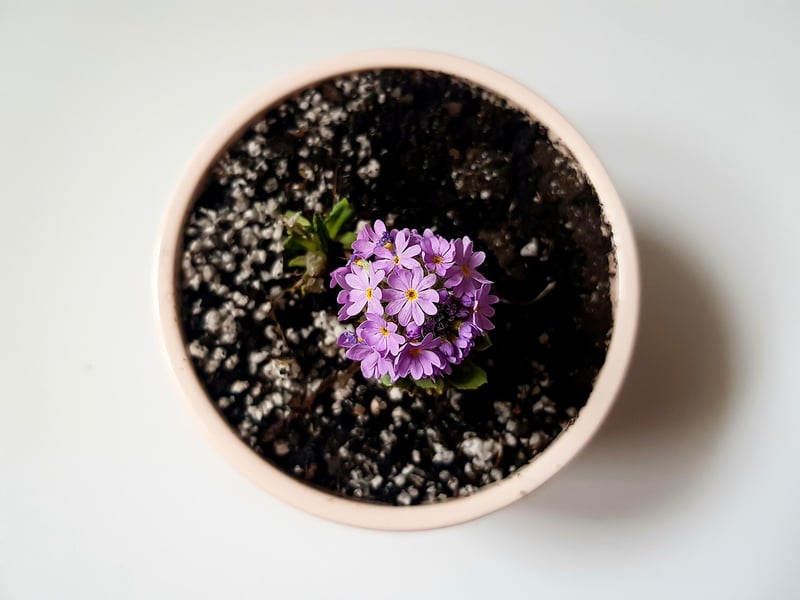Low Light
The Importance of Light for Plants: A Guide to Understanding Plant Light Requirements
Introduction
Light is one of the most crucial factors for plant growth and development. Different plants have varying light requirements, and understanding these needs is essential for ensuring their health and vitality. In this guide, we will delve into the significance of light for plants and explore low light conditions.
Why is Light Important for Plants?
Plants rely on light to carry out photosynthesis, the process through which they convert light energy into chemical energy to fuel their growth. Light also plays a role in regulating various plant processes, including flowering and fruiting.
Understanding Plant Light Requirements
Plants are categorized based on their light requirements into three main groups:
- High Light Plants: These plants thrive in bright, direct sunlight for several hours a day.
- Moderate Light Plants: These plants prefer bright, indirect light and can tolerate some direct sunlight.
- Low Light Plants: These plants can survive in minimal natural light conditions, making them suitable for spaces with limited sunlight.
Low Light Plants
Low light plants are ideal for indoor environments with little natural light. They are perfect for offices, bathrooms, or rooms with small windows. Some popular low light plants include:
- Snake Plant (Sansevieria)
- Peace Lily (Spathiphyllum)
- ZZ Plant (Zamioculcas Zamiifolia)
- Pothos (Epipremnum aureum)
- Spider Plant (Chlorophytum comosum)
Tips for Caring for Low Light Plants
To ensure the well-being of your low light plants, consider the following care tips:
- Rotate your plants: Rotate your plants regularly to ensure all sides receive some light.
- Avoid overwatering: Low light plants require less water, so be cautious not to overwater them.
- Clean the leaves: Dust can accumulate on the leaves, hindering light absorption. Wipe the leaves gently with a damp cloth to keep them clean.
- Use artificial light: If natural light is insufficient, supplement with artificial light sources like grow lights.
Conclusion
Understanding the light requirements of plants is key to their overall well-being. By selecting the right plants for your light conditions and providing proper care, you can create a thriving indoor garden even in spaces with low light.
Remember, light is life for plants!

Explore the beauty of low light plants and brighten up your space with these resilient green companions.
